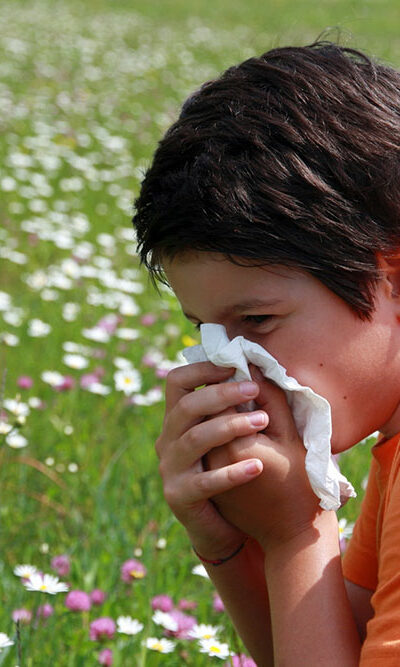
Parkinson Disease Life Expectancy, Understanding the Condition
Parkinson’s disease is a brain and movement disorder that is caused when the production of dopamine is reduced severely or ceased by the nerve cells. Dopamine is an essential chemical compound that aids the body in normal motor movements. The symptoms include body tremors, uncontrollable movements, imbalance, slowing down of reflexes and movements. The onset of Parkinson’s disease is usually gradual and unnoticeable in the earlier stages and it cannot be diagnosed by just one definitive test but only by a series of clinical tests. These tests then determine the stage of the disease ranging from Stage one to five. Stage I being the first stage of the onset of the disorder and Stage V being the last stage. The initial symptoms are subtle and when considered individually often go unnoticed. Some of the most common symptoms predicting the onset of the disorder are: Tremors or shaking. Reduction in the size of your handwriting. Loss of smell. Difficulty in walking and standing. Masked face (Having an expressionless or serious face when your mood is not so). These symptoms are just some of the many that require the physician’s consultation and expertise to determine if the onset of Parkinson’s disease is imminent or not. Although there is still no direct cause identified for the origin of this disease in a patient, but there is one strong theory of the disease being hereditary. Studies have also shown that men have 50% higher risk of living with the disorder than women. Various studies have concluded that the life expectancy of patients with Parkinson’s disease is almost the same or slightly less, as that of the general population of the same age. One must understand that even though Parkinson’s disease does not have a cure yet, it is not a fatal illness and hence does not have an adverse effect on the life expectancy of the patient directly.










